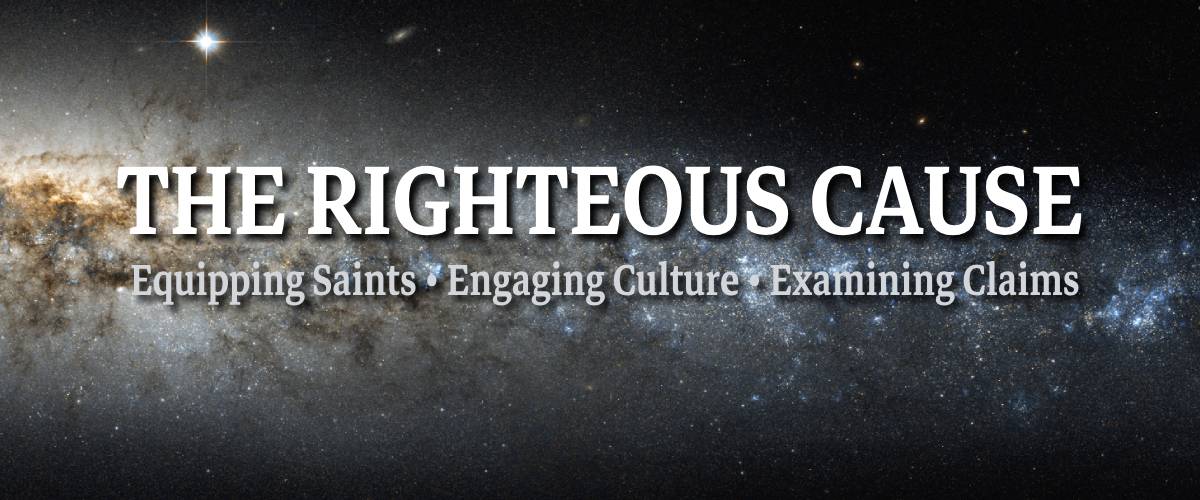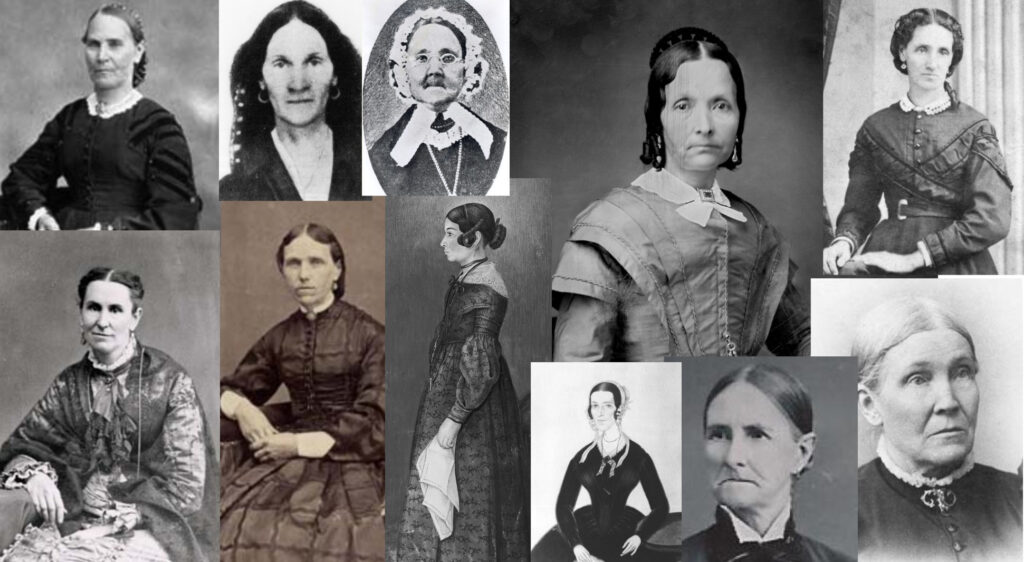Modern LDS apologists employ several strategies to address Joseph Smith’s plural marriages, which included approximately 30-40 women:
Regarding Helen Mar Kimball (age 14):
- They emphasize this was within legal marriage age for the era (though still controversial even then)
- Some argue it may have been a “dynastic sealing” rather than a sexual relationship, citing Helen’s later writings suggesting the marriage was primarily spiritual
- They note Helen remained in her parents’ home and later expressed frustration about losing social opportunities, which some interpret as evidence against consummation
Regarding polyandrous marriages (women already married):
- Apologists often frame these as “eternal sealings” rather than traditional marriages – spiritual bonds for the afterlife while the women remained with their legal husbands civilly
- They argue this explains why some of these relationships produced no documented children
- Some suggest Joseph was “sealing” women to himself to bind their families together in religious networks
General apologetic approaches:
- Contextualizing polygamy within 19th-century religious experimentation and frontier society
- Emphasizing that this was a “difficult commandment” that Joseph himself struggled with
- Pointing to the 2014 Gospel Topics essay where the LDS Church officially acknowledged these marriages more transparently
- Arguing that prophets can be flawed humans while still being divinely called
Critical perspective: Critics argue these explanations minimize serious ethical concerns about power dynamics, age gaps, and deception (many marriages were kept secret). The evidence for whether relationships were sexual or merely spiritual remains contested and incomplete.
The Problem with “It Was Normal for the Times”
While 14 was technically legal in some jurisdictions, it was not typical. Census data from the 1850s shows the average age of first marriage for women was 20-22. Even in frontier communities, teenage marriages to men in their late 30s were exceptional, not normal. The appeal to historical context fails when we note that Joseph Smith’s contemporaries—including many Mormons—found these marriages deeply troubling when they learned of them.
The “Dynastic Sealing” Defense Lacks Evidence
The argument that marriages to already-married women were purely spiritual “sealings” conflicts with multiple documented facts:
- Joseph Smith married Zina Huntington while she was married to Henry Jacobs, and later sent Jacobs on a mission while maintaining the relationship with Zina
- Multiple women testified in later affidavits that their marriages to Joseph were physical, not merely ceremonial
- The secrecy surrounding these marriages suggests awareness of their controversial nature—if they were innocent spiritual bonds, why the elaborate concealment?
- Several polyandrous wives later became plural wives of Brigham Young in relationships that were explicitly physical
The Power Dynamic Cannot Be Dismissed
Joseph Smith held absolute religious authority in his community. He claimed to speak for God and taught that rejecting plural marriage meant eternal damnation. Several accounts record Smith telling women and their families that an angel with a drawn sword commanded the marriages. This level of coercion makes “consent” deeply problematic, regardless of the spiritual nature of the relationship.
The Deception Problem
Joseph Smith publicly denied practicing polygamy even while taking plural wives. He:
- Published denials in church newspapers
- Excommunicated members who exposed the practice
- Authorized the destruction of the Nauvoo Expositor for revealing plural marriage
- Kept marriages secret from Emma, his first wife, causing her documented distress
This pattern of deception contradicts the claim that these were transparent religious practices carried out with divine sanction.
Historical Honesty Requires Acknowledgment
The LDS Church’s 2014 admission that Joseph Smith married “between 30 and 40 women” came after decades of members being taught he practiced only limited polygamy. This acknowledgment, while important, came only after historical documentation made denial untenable. The fact that church leadership concealed this history for so long raises questions about the apologetic explanations now offered.
Conclusion
Attempts to justify or downplay Joseph Smith’s plural marriages through historical contextualization, spiritual framing, or limited documentation ultimately fail to address the core ethical concerns: the age disparities, the power imbalances, the deception involved, and the harm caused to women and families. Historical honesty requires acknowledging these marriages as a troubling aspect of Mormon history rather than explaining them away.

